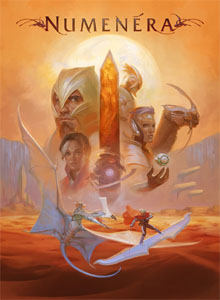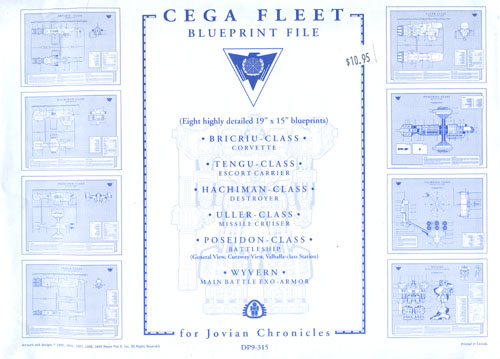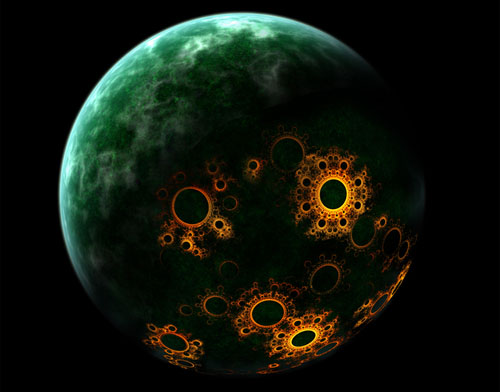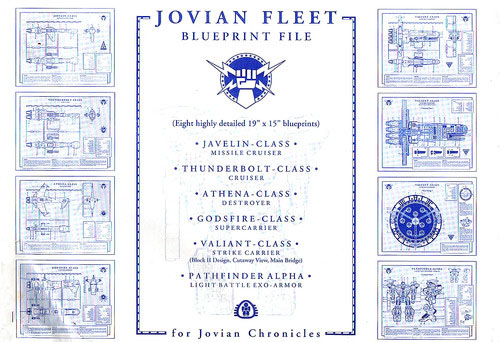 Last year I posted a thought of the day concerning “Disarming Magical Traps”. Although this particular thought of the day was most specifically and immediately prompted by Numenera, it’s also something of a sequel to that earlier thought and equally applicable to magic items in a typical fantasy campaign.
Last year I posted a thought of the day concerning “Disarming Magical Traps”. Although this particular thought of the day was most specifically and immediately prompted by Numenera, it’s also something of a sequel to that earlier thought and equally applicable to magic items in a typical fantasy campaign.
As I mentioned in that earlier thought, I think it’s important that a GM not allow any interaction at the table to become purely mechanical. Partly this is just an aesthetic preference on my part (it keeps things interesting), partly it’s ideological (rules are associated for a reason), and partly it’s because specificity and detail usually leads to creative gameplay.
In Numenera, as the title suggests, a great emphasis is put upon the leftovers of the older (and almost incomprehensible) civilizations that predated the Ninth World: “The devices, the vast machine complexes, the altered landscapes, the changes wrought upon living creatures by ancient energies, the invisible nano-spirits hovering in then air in clouds called the Iron Wind, the information transmitted into the so-called datasphere, and the remnants of visitors from other dimensions and alien planets—they call these things the numenera.”
Particular significance is given to the cyphers: Single use items that function according to forgotten sciences, proliferate throughout the Ninth World, and (from a purely mechanical perspective) serve to constantly vary and refresh the abilities available to PCs.
Before cyphers can be used, however, they have to be identified. Mechanically speaking this is straightforward: The character attempting to identify the cypher attempts an Intellect task with a low difficulty. If they succeed, they now know what the device does and how it can be used.
It can be difficult, however, to visualize or describe how this process of identification takes place: Consider the example of a pill you can swallow which will then allow you to teleport to any location you can clearly visualize with your mind. There’s no self-evident way to “experiment” with the pill short of swallowing it; and if you do that, it would be consumed and gone. So what does the mechanical resolution of the identification task look like in the game world?
Ultimately, it’s a combination of lore and/or limited experimentation. In the case of the teleporter pill, for example, options might include:
- There’s a sigil on the side of the pill. You recognize that as a sign associated with teleportation in other artifacts that you’ve used.
- Or you cross-reference the sigil using a lore book and discover that the armies of Salla Izirul once discovered a cache containing millions of these pills and used them to teleport entire legions behind defensive lines before his supply ran out.
- You scrape a little bit off the side of the pill and feed it to a mouse. The mouse vanishes and reappears next to a piece of cheese on the far side of the room. Guess it’s a teleporter.
- Yes, it’s a pill. But there’s a small metallic nodule attached to one end of it. And, yup, that’s definitely a transdimensional regulator. The only reason you’d be swallowing one of those is if this thing was going to teleport you.
- You’re a nano and you’re using a low-powered Scan to determine the energy signatures locked inside the physical matrix of the “pill”.
- The pill is actually encoded with a psychic memetic mesh. If you can just manipulate the articulated junctures of the pill correctly, it will basically download an instruction manual into your brain.
And so forth. My point is that there’s not a single or precise method that the character can use to identify the object, so you should feel free to get creative.
FAILURE
Conversely, a failure on the roll might indicate that:
- There is no way to identify this featureless pill: All they can do is swallow it and see what happens.
- They’ve misidentified what the pill does.
- They’ve misidentified how powerful it is.
PARTIAL SUCCESS
A partial success (perhaps succeeding at a difficulty one-half the required difficulty to fully identify the object) might yield some useful information:
- How to activate the device, but not necessarily what the device will do. (This would obviously be more applicable to cyphers that aren’t self-evidently pills. Although maybe this “pill” only works if it’s a suppository or stuck up your nose or surgically placed under the skin or ground up into the user’s eye.)
- A general sense of what the item does, but not its specific function. (“It has something to do with non-Euclidean travel” instead of specifically indicating that “it will teleport you X distance”.
My point with all this is that you shouldn’t be afraid to discover (or define) features of the world as the world is being explored.
ARTIFACTS
More powerful technologies of the old world in Numenera are referred to as artifacts. These devices can be used multiple times (although there’s a risk that any given usage will be the object’s last) and it’s far more likely that the PCs are just using one of the many possible utilities the original device had. (The other functions may be inexplicable, irrelevant in this dimensional space, broken, only intermittently available, more likely to deplete the device, or dangerous to the user.)
On page 299 of Numenera you’ll find a really fantastic random chart for determining random quirks for an artifact: I recommend taking it to heart.





